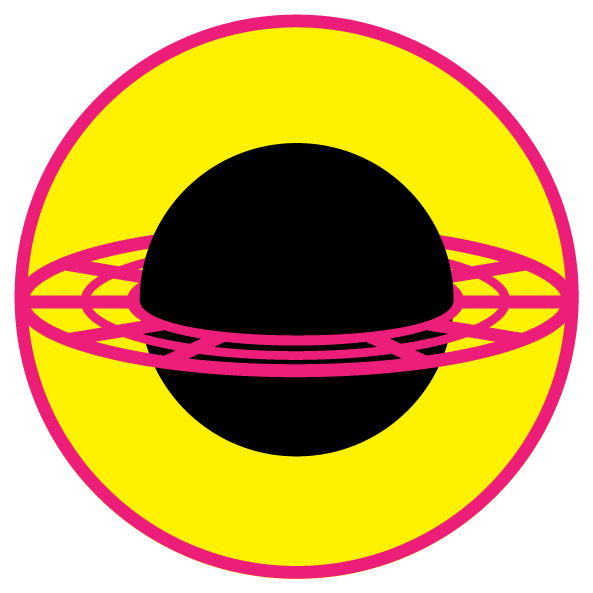space + pixels
nobody to see
and I can be the world
The Moon, near side
Expect stunning vistas, infinite line of sight and zero fresh air. Bring a space suit.
The map is based on the 3.6 gigapixel image of the near side of the moon taken by the Lunar Reconnaisance Orbiter Camera. Topological annotations taken from Gazetteer of Planetary Nomenclature by the International Astronomical Union (IAU) Working Group for Planetary System Nomenclature (WGPSN). The resolution is 100 meters per pixel.

Click on one of the tabs below to select a list of hotspots for quick navigation. Some lists may take 5—10 seconds to load. Use the toolbar at the bottom of the map to apply filters and select lists.
Lunar landing sites
The landings list has 89 entries.
Initial map viewport is centered on Taurus-Littrow valley (Apollo 17 landing site, 20.19080°N 30.77168°E).
